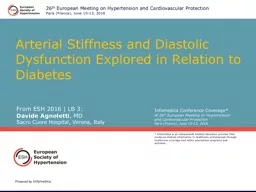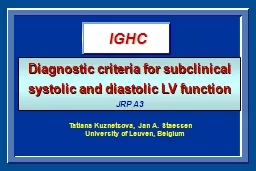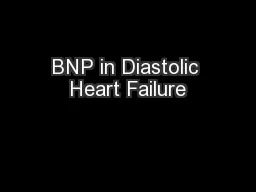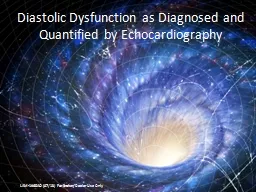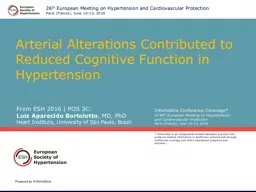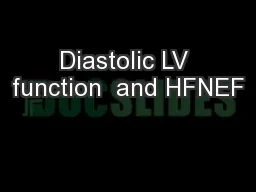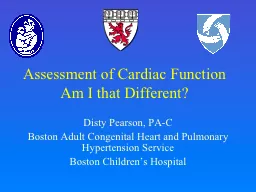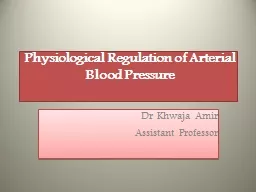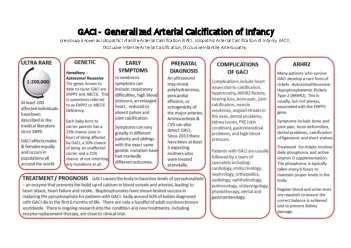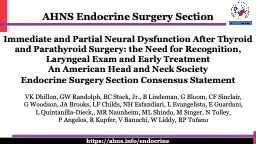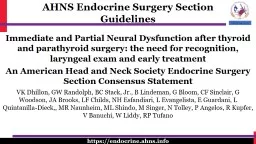PPT-Arterial Stiffness and Diastolic Dysfunction Explored in Re
Author : alida-meadow | Published Date : 2017-04-10
From ESH 2016 LB 3 Davide Agnoletti MD Sacro Cuore Hospital Verona Italy Study Population Relation between diastolic function and arterial hemodynamics in
Presentation Embed Code
Download Presentation
Download Presentation The PPT/PDF document "Arterial Stiffness and Diastolic Dysfunc..." is the property of its rightful owner. Permission is granted to download and print the materials on this website for personal, non-commercial use only, and to display it on your personal computer provided you do not modify the materials and that you retain all copyright notices contained in the materials. By downloading content from our website, you accept the terms of this agreement.
Arterial Stiffness and Diastolic Dysfunction Explored in Re: Transcript
Download Rules Of Document
"Arterial Stiffness and Diastolic Dysfunction Explored in Re"The content belongs to its owner. You may download and print it for personal use, without modification, and keep all copyright notices. By downloading, you agree to these terms.
Related Documents

